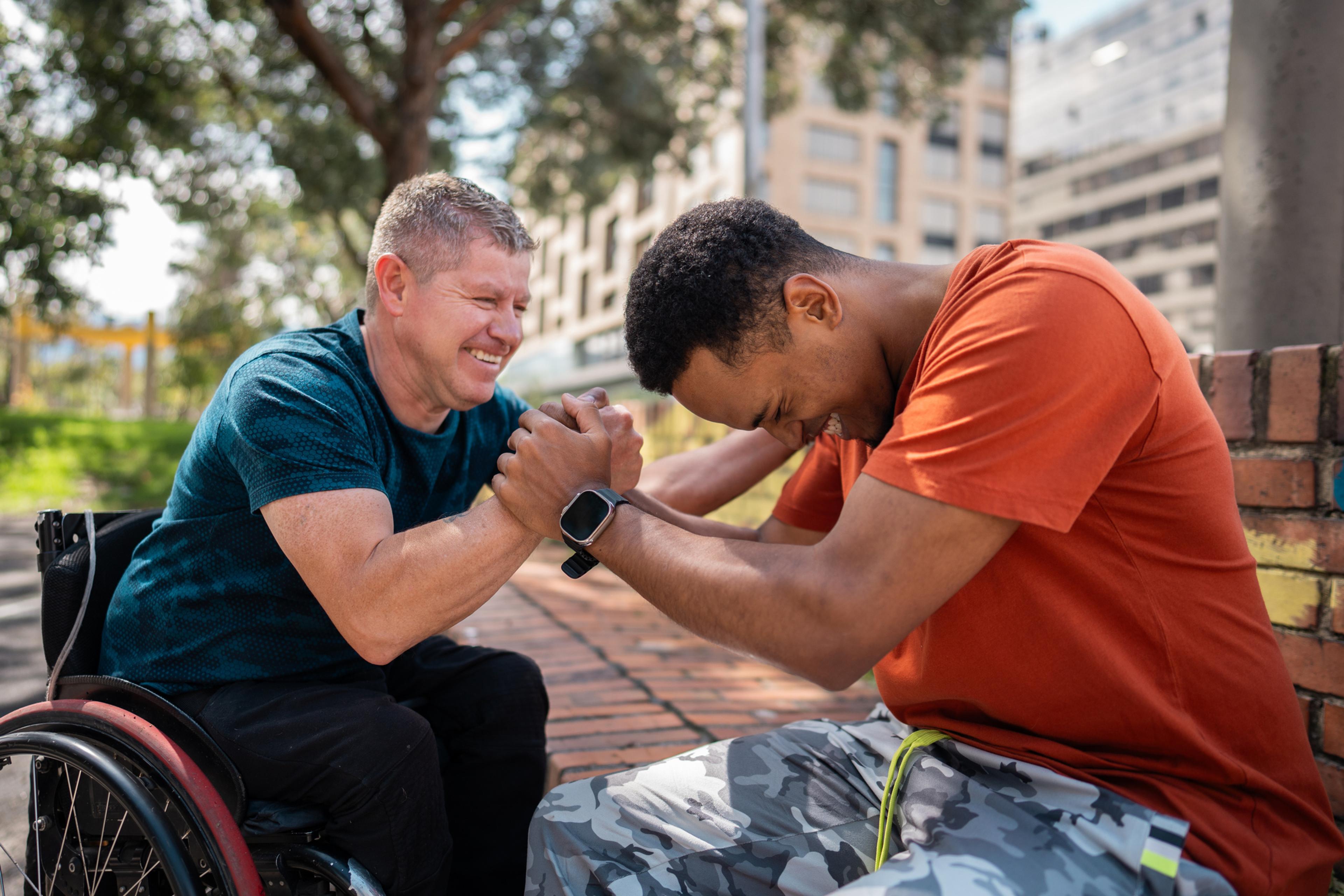Four Ways to Build a More Disability-Inclusive Workplace
Jake Newby
| 4 min read

As of October 2021, 33.2% of American people with disabilities were employed. That figure was down the year before at 29.2%. In 2019, it sat at 30.7%. While the 4% increase since 2020 is encouraging, individuals with disabilities are still a massively untapped source of talent. Companies who recognize this and position themselves as employers of choice for those with disabilities will have a great advantage over their competitors in the war for talent. A workplace that’s truly inclusive of people with disabilities provides an equal opportunity for all employees to learn, succeed, advance, and be appropriately compensated. These workplaces should ensure they provide a physical environment that supports and embraces individuals with disabilities. Here are four ways to build a more disability-inclusive workplace:
Improve your workplace infrastructure
If your office isn’t physically inclusive already, consider barriers that may hinder individuals with disabilities and make investments to correct that. Be sure that all bathrooms and building entrances are wheelchair accessible and there is plenty of accessible parking. Further, companies can invest in the following assistive technologies:
- Screen-reading software
- Closed captioning
- Voice recognition
- Screen enlargement applications
- Enlarged keyboards
Prioritize employee education
Cultivating an inclusive culture starts with the Americans with Disabilities Act. Employers should also consider hosting learning sessions focused on disability awareness and etiquette. Many states have a vocational rehabilitation services organization that may be able to help create and facilitate these learning sessions. Michigan Rehabilitation Services, found here, is another great resource for employers and residents of the state. One suggestion that is relatively easy to implement is asking employees to send meeting materials (handouts, presentations, etc.) to attendees well in advance. This would allow those who rely on screen-reading programs or require enlarged font plenty of time to review them. In the same vein, get in the habit of including alternate text to describe graphs or other images.
Review workplace language
Language is a key component in building an inclusive culture and goes hand in hand with employee education. Do not use exclusionary terms like “disabled person,” or “the disabled.” When in doubt, it’s best to simply ask individuals what language they would like used to describe their disability, should they choose to disclose it in the first place. Person-first language is usually a good rule of thumb to default to, as it separates the person from the disability. Examples include “a person with blindness” or “a person with a disability.” For a comprehensive resource, review Stanford University’s disability language guide.
Adjust your hiring process
Even though people with disabilities strive to work and are more than capable of succeeding, they are employed at a much lower rate than their peers. Companies should do their best to tap into your local or regional pool of talent with disabilities. Finding qualified candidates starts with community outreach and the utilization of proper recruitment sources. Attempt to attract qualified talent through local organizations that are by – and directly support – people with disabilities. Consider hosting a company-sponsored charity event to support organizations, then spend time networking with guests to make them aware of employment opportunities. Again, many states have vocational rehabilitation service organizations that will work closely with employers to connect them with great talent. Your company could also launch programs targeting young adults with disabilities who are transitioning into college or have already begun their college career. Most colleges and universities career services centers have a team focused specifically on working with students with disabilities. Creating internships and work experience programs could strengthen your hiring pipeline. When posting job openings, employers should also be sure to state that qualified candidates with disabilities are encouraged to apply and explain how they can request an accommodation during the recruiting process if it’s needed. Related:
Photo credit: Getty Images





